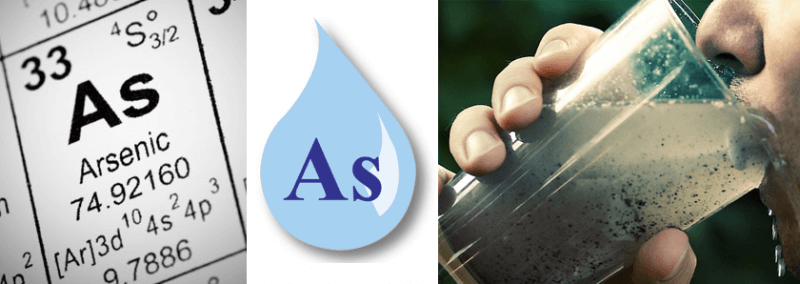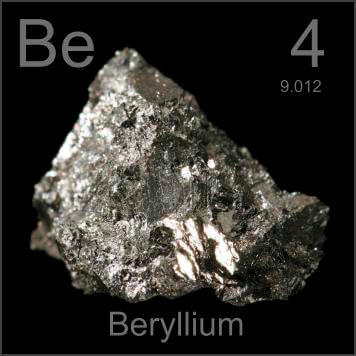How to Separate Liquid from Solids
For some years past the principle enunciated in the discussion referred to has been known to the writer and demonstrated by him to be an efficient and economical way of separating water or solution from solids in the cyanidation, lixiviation or acid leaching of ore pulps. In utilizing this principle in commercial practice he has […]
Sizing Diagram from Different Screen Standards
It is a fair assumption that the main purpose of any diagram is to present facts to the eye in more convenient form than they could be tabulated in figures, and this implies that a screen diagram should set forth in a convenient and familiar form certain facts as to the character of the material […]
Determination Method of Gold & Silver in Cyanide Solution
Many assay methods for the determination of gold or silver, or both, in cyanide solutions have been published, which with care in manipulation, and modification in some cases, will give results that are satisfactory. It is possible to classify or group these methods as follows: Evaporating the solution in a porcelain or agate-ware dish containing […]
Hydrometallurgical Equipment
The object of the first classification done in cyaniding work was to produce a leachable sand and overflow as small an amount of sand as possible with the ‘slime, which was usually run to waste. In the early days various arrangements of adjustable tank gates were used, and sometimes direct overflow of tanks filled with a […]
Arsenic Filtration for Potable Home Use

Before treating for arsenic it’s important to understand both arsenic composition and water chemistry. Arsenic (As) is a natural occurring mineral commonly found in clusters paired with sulfur and other heavy metals i.e.: iron (Fe), manganese (Mn), uranium and hydrogen sulfide (H2S). Recent studies have shown that temperature variance in arsenic prone areas are known […]
Microscope in Mining Engineering
The valuable results that have followed the application in recent years of microscopic methods of research to problems of ore genesis have been significant, but possibly the recognition of their practical importance is not as general as might be, and while, as a scientific method of investigating ores and rocks, the advantage derived through the […]
Spectrochemical Determination of Beryllium

Spectrochemical methods were developed to determine beryllium in the concentration range 0.0015 to 4.0 percent in siliceous mineral beneficiation products. Two methods are described. They are (1) a fusion-pellet-spark procedure (spark method) and (2) a sustaining alternating-current arc procedure (arc method). In the spark method the sample is fused with lithium tetraborate and vanadium pentoxide. […]
Determination of Beryllium by Fluorometric Method

A fluorometric method using morin in an alkaline-buffered chelating solution has been developed by the Bureau of Mines for determining beryllium in ores and mill products. Apparatus for measuring fluorescence intensities of the beryllium-morin reaction is described. Preparation of the sample for analysis consists essentially of digestion with sulfuric, nitric, and hydrofluoric acids, fusion of […]
Free and Hindered Settling
In his paper entitled, Development of Hindered-Settling Apparatus, Dr. Richards has related the history of the development of the hindered-settling classifier and given illustrations of the several types of this apparatus which he has designed. An earlier paper, Close Sizing Before Jigging, shows the nature of the hindered-settling phenomenon and the results which it produces. […]
How to Save Hole Sludge in Diamond Drilling
Set the standard sludge box just below the floor of the shanty and in such position that there is room to siphon off the water and take out the sample without moving the box. Connect a tee to the top of the standpipe or casing and lead a pipe from it to the nearer end […]
